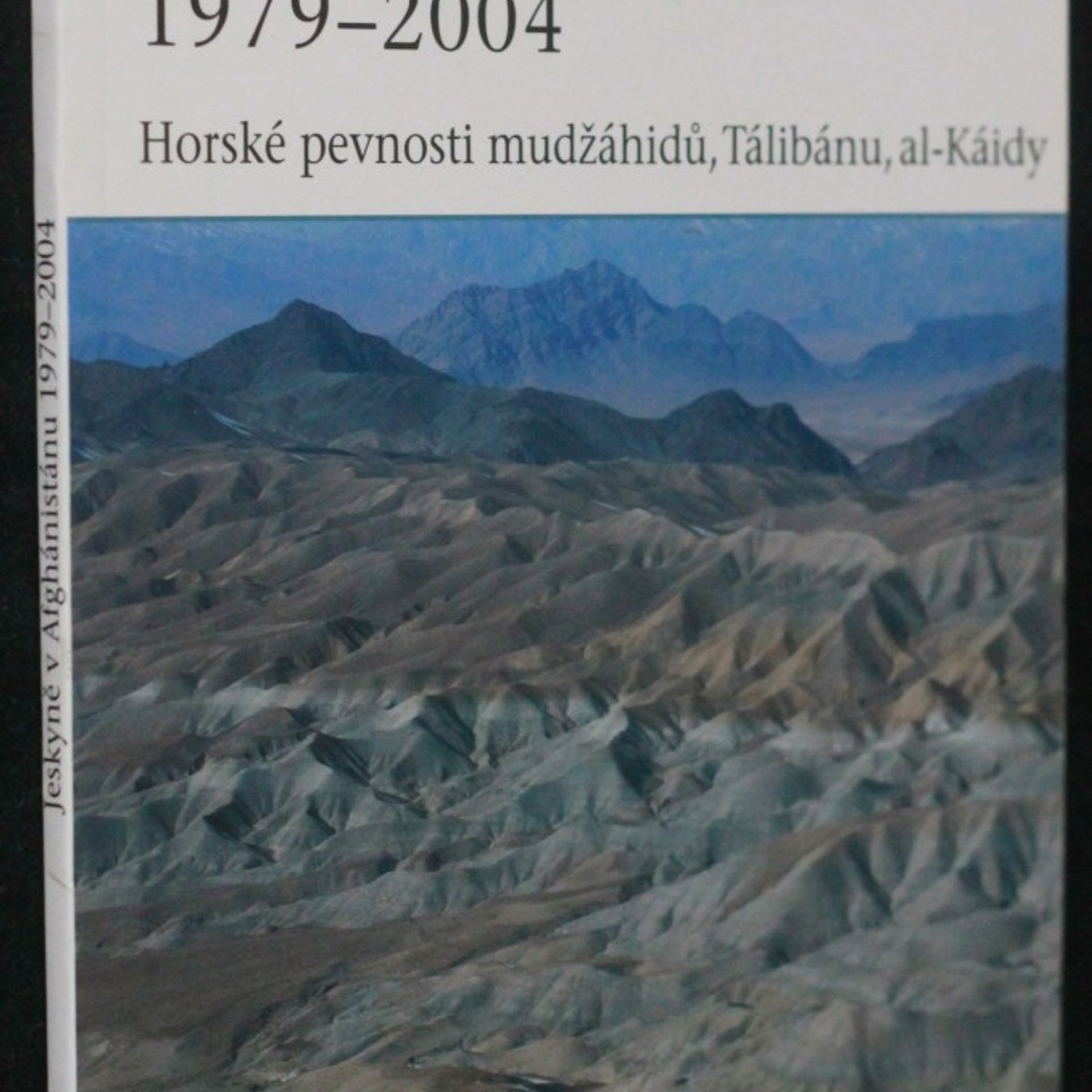This book "provides managers with an awareness of the issues involved in managing change, moving them beyond "one-best way" approaches and providing them with access to multiple perspectives that they can draw upon in order to enhance their success in producing organizational change. These multiple perspectives provide a theme for the text as well as a framework for the way each chapter outlines different options open to managers in helping them to identify, in a reflective way, the actions and choices open to them."--Cover.
Ian Palmer Livres





This work takes a look at the formidable U-boat bases and bunkers built on the French coast in Norway and Germany, and also focuses on the huge "Valentin" factory complex at Bremen, which manufactured the new type XXI electro-boats.
The Israeli Special Forces' operation at Entebbe goes down in history as one of the most audacious counter-terrorist assaults ever conducted. On June 27, 1976, four terrorists (two of the Popular Front for the Liberation of Palestine and two of the German Baader-Meinhof terrorist group) highjacked a passenger jet and forced a landing in Entebbe, Uganda. Here they were met by reinforcements, and transferred all the Jewish and Israeli prisoners to the terminal building, with the exception of a few hostage releases. As Idi Amin's assistance to the terrorists became increasingly clear, the Israeli government began preparations for a military assault. The element of surprise was crucial; never before had such a large-scale raid at such a long distance been successfully undertaken. This is the incredible story of how the Israeli Special Forces defied radar for over 2,000 miles, masqueraded as a tyrant in a Mercedes and captured uniforms, and defeated an army in brutal combat, culminating in a triumph of sheer audacity and nerve. A compelling book chronicling an incredible moment in history.
Ponorky německého válečného námořnictva 1939-45. Typ I, II, VII a XIV
- 48pages
- 2 heures de lecture
Podtitul: Typ I, II, VII a XIV. Tento svazek je součástí dvoudílné práce, věnované německým ponorkám z období druhé světové války. Nabídne čtenáři podrobný popis vývoje této zbraně, jak se ubíral od porážky Císařského námořnictva přes zákaz výroby ponorek v Německu, zmíněný v dohodě o příměří z roku 1918 a následně zakotvený ve versailleské mírové smlouvě, a jejich tajný vývoj prostřednictvím "krycí" firmy v Nizozemsku až k vyvrcholení tohoto procesu, kterým se v roce 1935 stalo vytvoření první ponorkové flotily. V pasáži, věnované historii bojového nasazení ponorek, jsou zmíněny příklady lodí typu VII A, VII B, VII D, VII E a VII F, hlavní pozornost se však soustřeďuje na hlavní a nejrozšířenější typ VII C. Zájemce o tento druh zbraně zde nalezne srovnání se standardními spojeneckými ponorkami a zmínky o přednostech i slabinách německých lodí, jakož i taktice vedení ponorkové války. Z anglického vydání „New Vanguard 51: Kriegsmarine U-boats (1)“ v Osprey Publishing Ltd. Midland House, West Way, Botley, Oxford 2002 přeložil PhDr. Vladimír Pilát. První vydání.